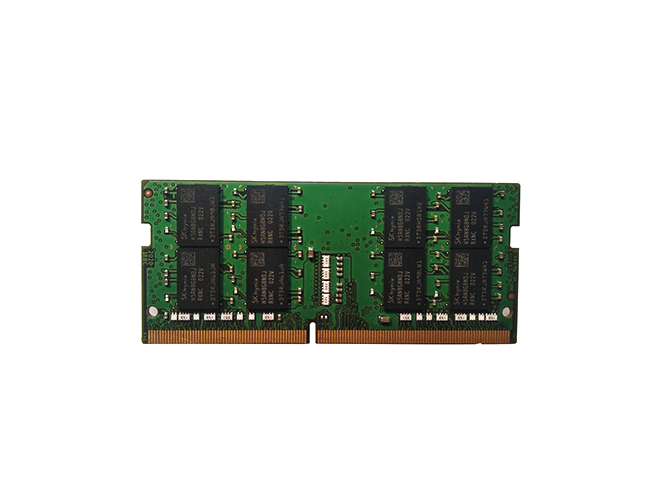-
CN
-
Service Hotline
+8618129931046 Mr. Liao


Time:2025-07-04 Views:1

The laser drilling process for blind and buried vias in multilayer printed circuit boards (PCBs) has revolutionized the manufacturing of high - density interconnect (HDI) boards. Blind vias connect outer layers to inner layers without passing through the entire board, while buried vias link internal layers only, enabling more compact and complex circuit designs.
Fiber - coupled UV lasers, typically with wavelengths of 355 nm, are commonly used in this process. The high - energy photons from the UV laser interact with the PCB materials, such as epoxy resin and copper - clad laminates. For non - conductive materials like epoxy, the laser energy breaks molecular bonds through a process called ablation, vaporizing the material to create the via hole. When drilling through copper layers, the laser rapidly heats the metal, causing it to melt and vaporize.
The laser drilling process offers several advantages. It provides high precision, with hole diameters as small as 50 - 100 μm achievable, which is crucial for HDI boards where space is limited. The process is also highly repeatable, ensuring consistent via quality across multiple boards. Additionally, laser drilling is a non - contact method, reducing the risk of mechanical damage to the PCB substrate compared to traditional mechanical drilling.
However, the process also presents challenges. Heat - affected zones (HAZs) around the drilled holes can cause material degradation, especially in the resin matrix. To mitigate this, advanced laser control techniques are employed, such as pulse - shaping and multi - pass drilling. After laser drilling, the vias undergo a series of post - processing steps, including desmearing to remove any resin residues from the hole walls and electroless copper plating to create a conductive pathway for electrical connections.